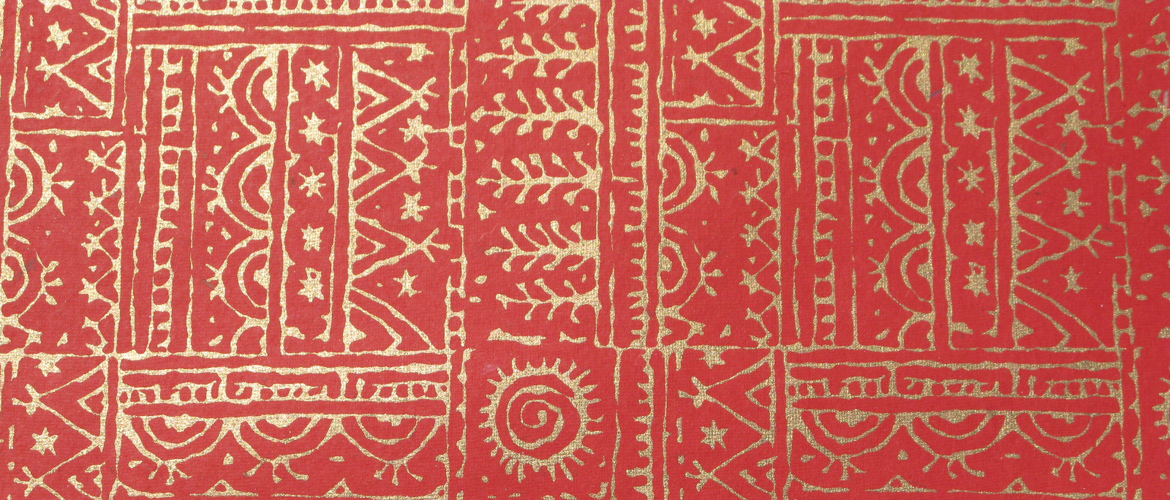Raja Man Singh and Mahatma Gandhi have little in common apart from the fact that they both
Just 14 km from Jaipur’s busy Narayan Singh Circle, Sanganer today is a busy centre of paper manufacture. The main change that has come over the years is that paper-making has evolved from being a household industry to a more organized activity. There are half-a-dozen large factories now, all strongly export-oriented. The other major change that has come about is in the equipment used and the varieties of paper produced.
The Kagzis use three types of raw material to produce paper: cotton rags, silk and banana trunk fibre. Cotton-based paper makes up 90 per cent of their produce, but despite the humble raw material, the final product comes in myriad attractive finishes. There’s metalised paper, glazed to look like foil, and leatherised paper, deliberately creased to resemble leather. Then there’s paper infused with flower petals and leaves, or decorated with tinsel or even blockprinted just like cloth.
While the price of paper varies from ₹4 to ₹35 per sheet, products made out of it are much more steeply priced. A simple photo frame, for instance, costs upward of ₹75. Then there are lamps and boxes, trays and plates, but diaries and greeting cards far outnumber the rest. If you wish to buy some handmade paper, or paper products, just visit any of the big factories, for shops in Sanganer don’t stock these things. Also, while in Sanganer, don’t forget to visit the beautiful 10th century CE Digamber Jain Temple, just a stone’s throw away from the papermakers, which is decorated all over with carved figures.
Some major handmade paper units include: Kagzi Handmade Paper (Tel: 0141- 2730019/ 76; Email: selfkagzi@kagzipapers. com), Gramodyog Road; Kalpana Handmade Paper (Tel: 2732115; Email: [email protected]), Bawadi ka Bas; AL Paper House (Tel: 2731706), near Tempo Stand; and Century Papers (Tel: 2730766; Email: [email protected]), located on Jain Hostel Road.
culture
paper making
Rajasthan


